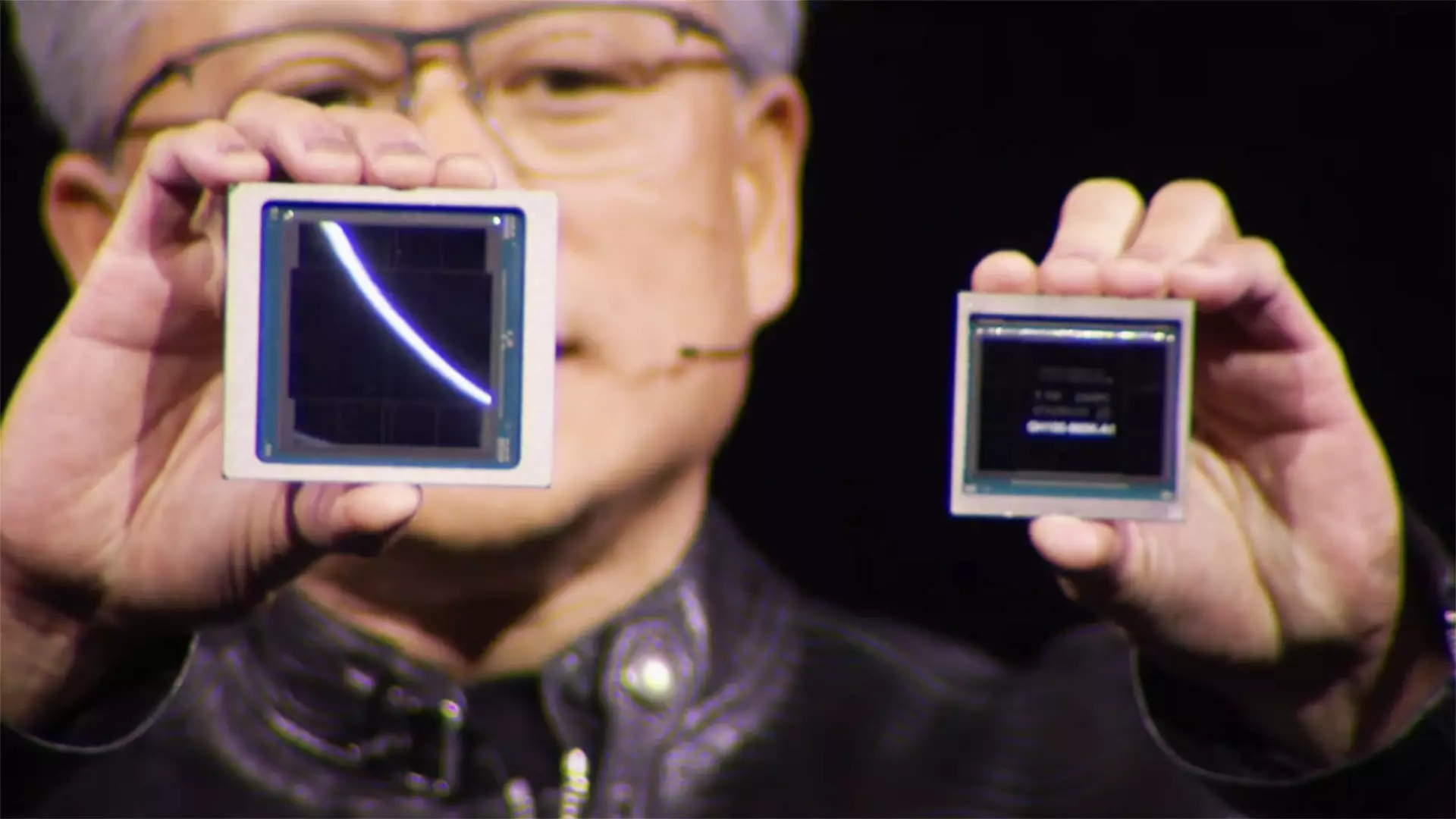The landscape of artificial intelligence research is undergoing seismic shifts fueled by geopolitical tensions and corporate strategies. Nvidia, a titan in the AI hardware market, has found itself increasingly vocal regarding the implications of the U.S. government’s export restrictions on technology to China. Recently, a revelation from Nvidia’s Chief Scientist, Bill Dally, highlighted a concerning trend: ex-Nvidia researchers are finding their way to Huawei and bolstering China’s burgeoning AI capabilities. This development not only signals a change in employment patterns but also underscores a pivotal moment in technological competition between two of the world’s largest economies.
Dally’s assertions, albeit conveyed through a translated report, paint a grim picture for Nvidia and the U.S. tech landscape. The growth of Chinese AI researchers—from one-third of the global talent pool in 2019 to almost half today—is largely attributed to these export restrictions. The narrative suggests that, had these restrictions not been in place, companies like Huawei would not have felt compelled to strengthen their indigenous capabilities. This argument attempts to position the U.S.’s strategy more as a catalyst for innovation in rival nations rather than a deterrent to technological advancement.
Nvidia’s Capital Losses and Strategic Dilemmas
The financial repercussions of these restrictions are staggering. Nvidia has acknowledged substantial revenue losses directly associated with the inability to export its advanced H20 chips to China, estimating potential losses of around $8 billion in just a quarter. This staggering amount emphasizes the stakes involved, not only for Nvidia but for the broader U.S. tech industry that relies heavily on global supply chains. The fallout from U.S. export policies raises questions not just about immediate financial losses but about long-term competitiveness in an increasingly tech-savvy world.
The irony is not lost here; while Nvidia seeks to highlight the drawbacks of these restrictions, it also faces a market where competition is becoming more intense. Companies like Huawei are bolstering their capabilities with their own chipsets, such as the Ascend 910 and 920, developed by Semiconductor Manufacturing International Corporation (SMIC). The implication is clear—Nvidia’s loss may well be Huawei’s gain, positioning the latter as a formidable player in AI technology.
The Cycle of Talent Mobility
Amidst these developments, the mobility of talent plays a crucial role in shaping the competitive landscape. With ex-Nvidia employees contributing their expertise to Chinese firms like Huawei, the traditional notion of corporate loyalty is being challenged. It reflects a broader trend where technological know-how transcends borders, often in unpredictable ways shaped by international policy. If AI research thrives through collaboration and innovation, restricting access to talent globally might inadvertently fuel rivals’ growth.
Nvidia’s own hiring practices, particularly in its efforts to attract talent from TSMC, highlight a conflicting paradigm. High salaries and aggressive recruitment strategies signify the company’s recognition of the imperative to retain cutting-edge talent. However, as it lures potential employees in Taiwan, it also grapples with the loss of its own experts to competitors who are investing heavily in domestic talent pools. This creates an intriguing dichotomy wherein the very policies meant to protect national interests might end up fostering a stronger adversary.
Technological Arms Race and Future Implications
The stakes in this tech tug-of-war are emblematic of a larger arms race—one that intertwines national security with corporate strategy. Nvidia’s vocalization of its concerns is an attempt to engage U.S. policymakers in reconsidering the potential collateral damage of export restrictions. The narrative that these policies could inadvertently enhance China’s capabilities is a powerful one, and Nvidia is eager for it to resonate in Washington.
As the competition intensifies and new players continue to emerge in the AI sector, the future dynamics will hinge significantly on how these nations navigate the complexities of technology, talent, and trade. The cyclical nature of innovation and competition underscores that in today’s global economy, a restrictive stance may lead to unforeseen consequences—opportunity might blossom where it is least expected, reshaping industries and redefining power balances on the global stage.

